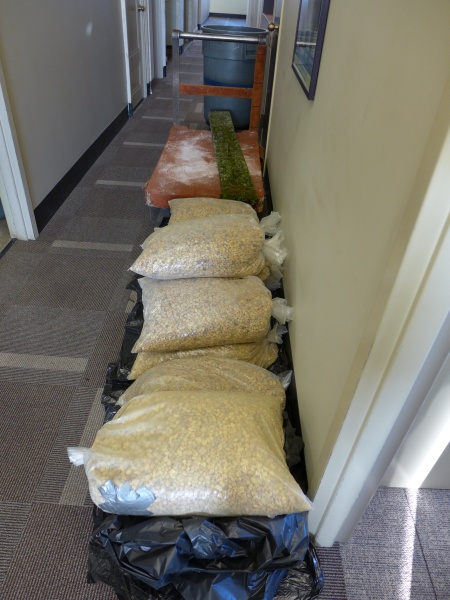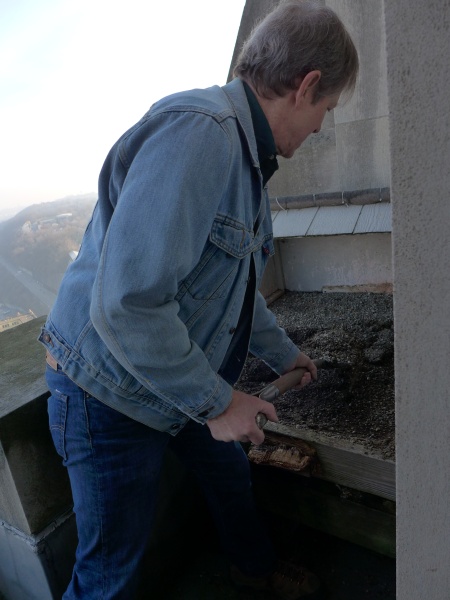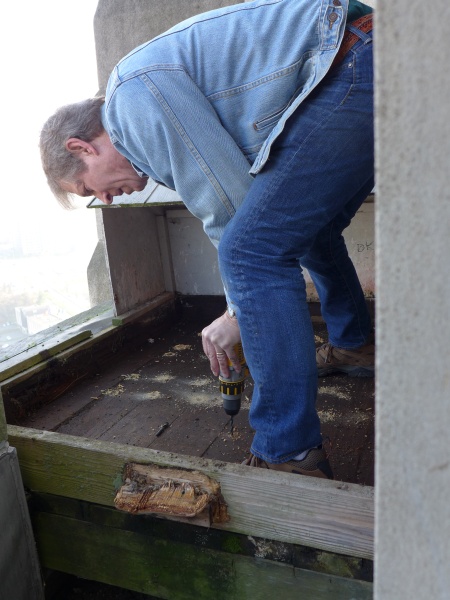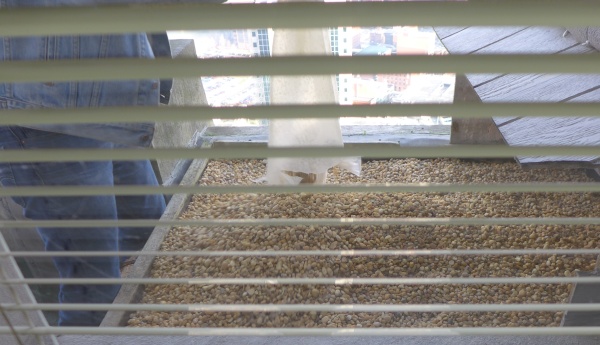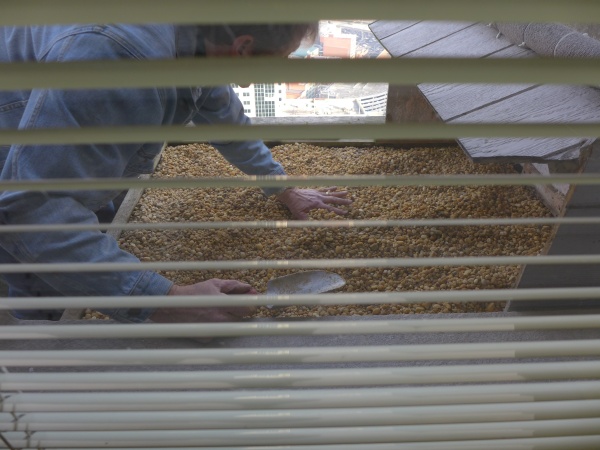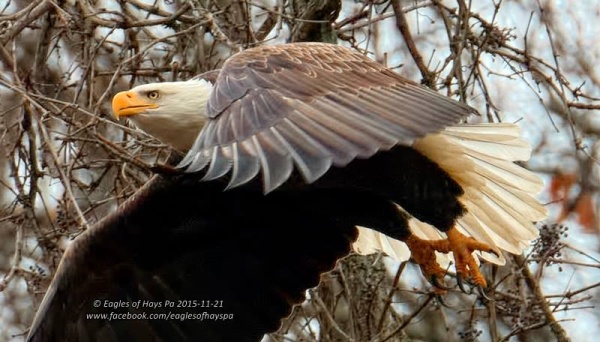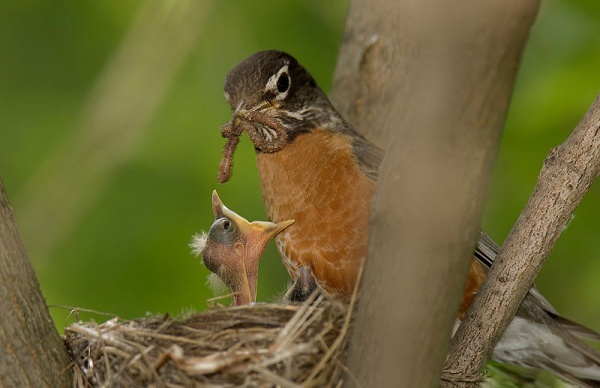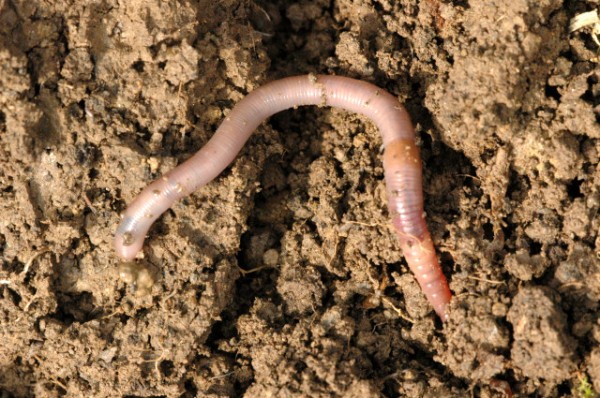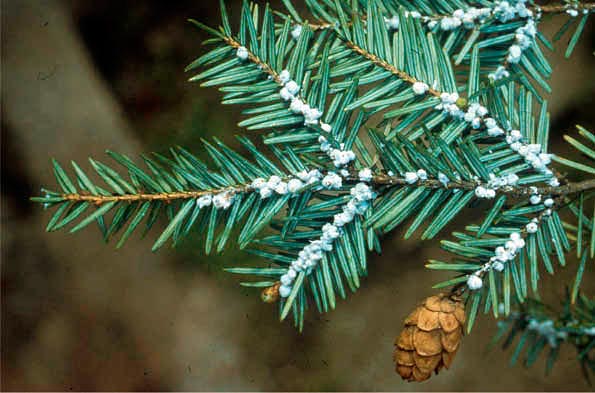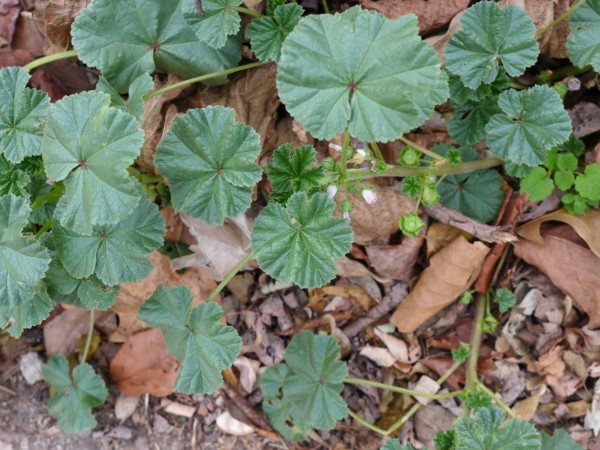
13 December 2015
Here’s a plant that’s quite visible in my neighborhood this month even though the growing season has ended. I don’t know what it is but I suspect it’s an alien and possibly invasive because it shows off a number of imported/invasive features.
- Imported: Its leaves are very green, suggesting it’s winter light trigger expects a more northern location.
- Imported: It’s still producing flowers in December, another indication that it believes winter hasn’t arrived.
- Invasive: It grows in waste places, especially in disturbed soil at the edge of sidewalks.
- Invasive: It can become very dense and take over the area where it’s growing.
Here’s a look at the arrangement of the stems. Notice that they’re hairy.
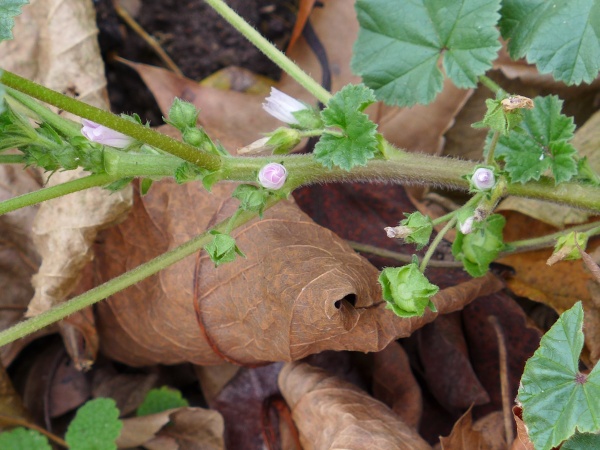
And here’s the flower. I forced this one open.
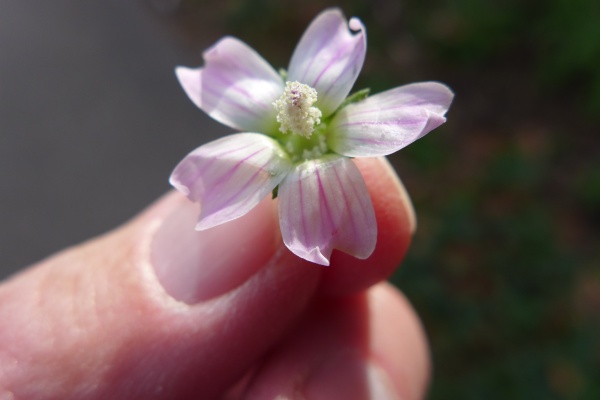
One more look at a dense mat of it.
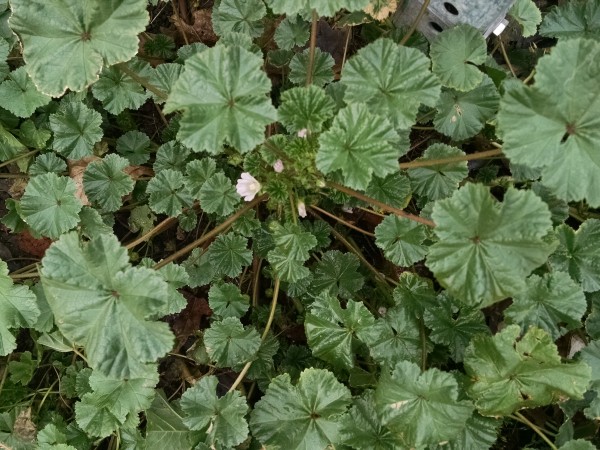
Do you know the name of this plant? My guess is that it’s from Asia, perhaps Japan.
If you know the answer, please leave a comment!
LATER: Wow! You’re quick! Fran, Carolyn and Doris have already identified it as common mallow (Malva neglecta) or cheeseweed. Read the comments to find out why it has this unusual name. By the way, it’s edible.
Here are two resources for more information: University of California’s Integrated Pest Management recommendation for this plant and Pennsylvania Street Gardens plant profile.
(photos by Kate St. John)




